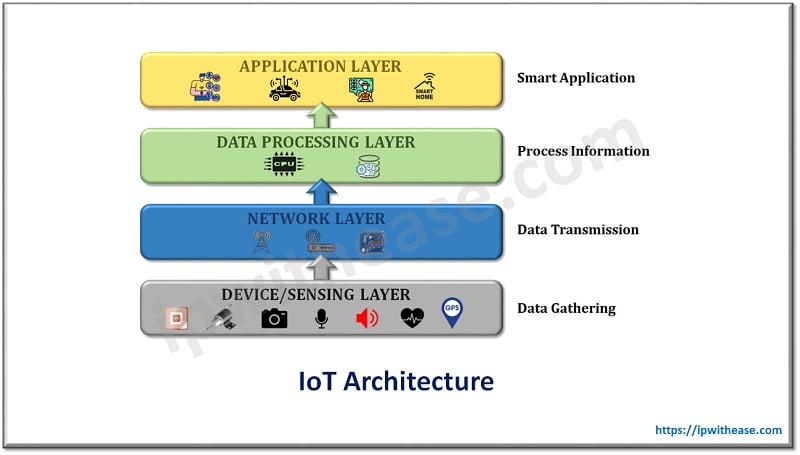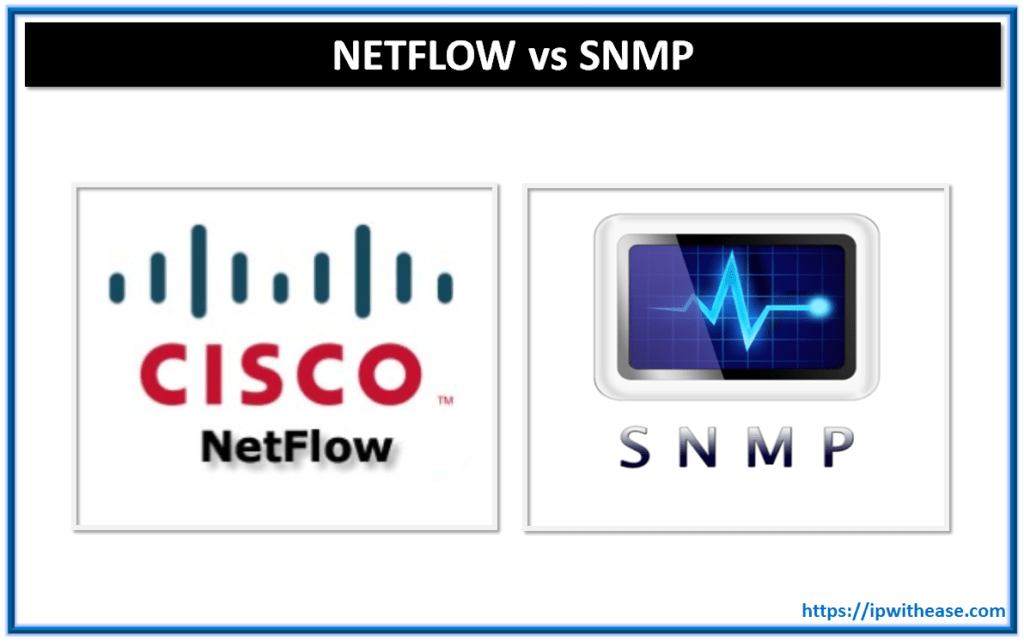Table of Contents:
The world of internet of things is an ever-changing landscape, and it requires us to follow certain design principles that ensure the creation of reliable and user-friendly products. This article sheds light on some of the crucial factors to consider while designing IoT products, along with a few general principles that can be applied to any product development endeavour. By applying these insights, you’ll be able to create effective IoT system designs that are sure to succeed!
What is IoT (Internet of Things)?
The Internet of Things, commonly known as IoT, is a significant technological advancement that enables the development of applications and connection of devices to the internet. Forbes predicts that by 2030, IoT could generate global economic value ranging from $5.5 trillion to $12.6 trillion. Although IoT can be beneficial for organizations, there are challenges in capturing its true value. IoT allows for interconnectivity between various devices, machines, and people worldwide and has opened doors for innovation in numerous industries. IoT application development is the process of incorporating IoT technology into applications that aim to solve specific purposes using interconnected tools.
IoT Architecture
IoT or the Internet of Things technology has gained immense popularity in recent years. As a result, many people are wondering about the ways to create an IoT system. Building an IoT software involves various tasks such as developing protocols and tools for communication between IoT devices, creating methods for data acquisition and analysis, defining programming language specifications, and writing strong code.
IoT architecture includes components such as
- Sensors/Devices
- Connectivity: Wi-Fi, Bluetooth, Zigbee, LoRaWAN, cellular networks, or Ethernet.
- IoT Gateway
- Cloud Platform
- Data Processing and Analytics.
- User Interface
- Security
- Application and Services
- Network Infrastructure

To successfully create an IoT system, it’s important to have a strategic approach that combines planning, development, and operational processes. This enables companies to integrate their internal systems and communicate with IoT hardware and external data sources. By implementing effective software development practices and procedures, businesses can leverage the advantages of IoT technology and position themselves ahead of the competition. For example, in the context of a life sciences data platform, ensure data integrity, compliance with regulatory standards, and robust analytics capabilities to effectively manage and derive valuable insights from complex biological data sets.
How to build an IoT System?
Building an IoT system involves several steps. Here’s a general overview of the process:
- Define the Objective: Determine the purpose of your IoT system. Identify the problem you want to solve or the opportunity you want to explore. Clearly define your goals and desired outcomes.
- Identify the Components: Identify the hardware and software components you’ll need for your IoT system. This may include sensors, actuators, microcontrollers, communication protocols, cloud platforms, and data analytics tools. Consider the specific requirements of your application.
- Choose the Communication Technology: Select the appropriate communication technology to connect your devices. Common options include Wi-Fi, Bluetooth, Zigbee, LoRaWAN, cellular networks, or a combination of these technologies. Consider factors such as range, power consumption, data transfer rate, and scalability.
- Develop the Hardware: Design and develop the hardware components of your IoT system. This may involve building or purchasing sensors, actuators, and microcontrollers. Ensure compatibility between the hardware and communication technology chosen.
- Implement the Software: Develop the software infrastructure for your IoT system. This includes firmware for the devices, network protocols, data storage and processing, and user interfaces. Choose a programming language or platform that suits your requirements.
- Connect and Communicate: Establish connectivity between the IoT devices and the cloud or gateway. This involves configuring network settings, establishing secure connections, and implementing data transfer protocols. Ensure that data is transmitted reliably and securely.
- Data Management and Analytics: Set up a system to collect, store, and process the data generated by your IoT devices. Decide on the data storage method (cloud-based or on-premises) and implement data analytics techniques to gain insights from the collected data.
- Security and Privacy: Implement robust security measures to protect your IoT system from unauthorized access, data breaches, and privacy concerns. Use encryption, authentication, and access control mechanisms to ensure data integrity and user privacy.
- Test and Iterate: Thoroughly test your IoT system for functionality, reliability, and performance. Identify and resolve any bugs or issues that arise. Iterate and refine your system based on user feedback and real-world testing.
- Deployment and Maintenance: Once your IoT system is tested and refined, deploy it in the desired environment. Monitor and maintain the system to ensure its smooth operation. Regularly update and upgrade the software and hardware components as needed.
Remember that building an IoT system requires interdisciplinary expertise, including hardware design, software development, networking, and data analytics. Collaborating with experts in these fields can greatly facilitate the development process.
Creating a secure IoT system
To build a safe internet of things (IoT) setup, it’s crucial to use software that prioritizes security during its design and development.
- The software needs to have preventive measures in place to safeguard against cyberattacks. These measures should include encryption and authentication protocols, as well as specialized software and hardware configurations.
- It is important that all individuals who are responsible for installing and updating software have the proper authorization to ensure that data confidentiality and integrity are maintained.
- It is important to be cautious when it comes to software updates from reliable sources. Users must also keep an eye out for any software diagnostics that warn them about potential security breaches.
- It is important to make sure that the Internet of Things (IoT) system has a robust network infrastructure in place to safeguard users against potential cyber threats.
- It is recommended that companies establish guidelines on how to handle and store data gathered through an IoT system.
Organizations can ensure long-term security of their IoT systems by utilizing a combination of software-based solutions and diligent monitoring.
Potential Applications of the Internet of Things
The Internet of Things (IoT) is a rapidly growing field with numerous potential applications. Here are some future applications of IoT:
- Smart Cities: IoT can be used to create more efficient and sustainable cities by integrating various systems such as transportation, energy, waste management, and public safety. For example, IoT sensors can monitor traffic flow, optimize energy usage, and improve emergency response times.
- Industrial IoT (IIoT): IoT can revolutionize industries by enabling real-time monitoring and control of equipment and processes. IIoT can improve operational efficiency, predictive maintenance, and safety in sectors such as manufacturing, logistics, agriculture, and mining.
- Healthcare: IoT can enhance patient care and improve the efficiency of healthcare systems. Connected devices can monitor vital signs, track medication adherence, and enable remote patient monitoring, reducing the need for hospital visits and enabling proactive healthcare interventions.
- Agriculture: IoT can transform farming by providing farmers with real-time data on soil moisture, temperature, and crop health. This information can optimize irrigation, pest control, and fertilization, leading to increased crop yields and reduced resource waste.
- Smart Homes: IoT devices can make homes more comfortable, secure, and energy-efficient. Connected appliances, thermostats, lighting systems, and security devices can be controlled remotely, and automated routines can enhance convenience and save energy.
- Environmental Monitoring: IoT sensors can collect data on air quality, water quality, and climate conditions, aiding in environmental monitoring and conservation efforts. This information can be used to implement targeted interventions and policies to mitigate environmental damage.
- Retail and Customer Experience: IoT can personalize the shopping experience and improve supply chain management in retail. Smart shelves can track inventory levels, while beacons and sensors can deliver personalized promotions and recommendations to customers.
- Energy Management: IoT can optimize energy consumption and reduce waste in residential, commercial, and industrial settings. Smart grids can balance energy supply and demand, while smart meters and connected devices can enable consumers to monitor and control their energy usage.
- Transportation and Logistics: IoT can enhance the efficiency and safety of transportation systems. Connected vehicles can communicate with each other and infrastructure, enabling real-time traffic management, intelligent routing, and accident prevention.
- Wearable Technology: IoT devices worn on the body can monitor health parameters, track fitness activities, and provide personalized feedback. These devices can promote wellness and enable remote healthcare monitoring.
Final Thoughts
The Internet of Things presents a multitude of opportunities for creators and innovators who aspire to transform our interaction with the tangible world. By following the fundamental principles outlined in this article, anyone can initiate the creation of a reliable and safe IoT system that caters to their specific requirements.
Continue Reading:
4 Notable Operating Systems for Embedded and IoT Devices
Difference between M2M and IoT Explained
ABOUT THE AUTHOR

You can learn more about her on her linkedin profile – Rashmi Bhardwaj



